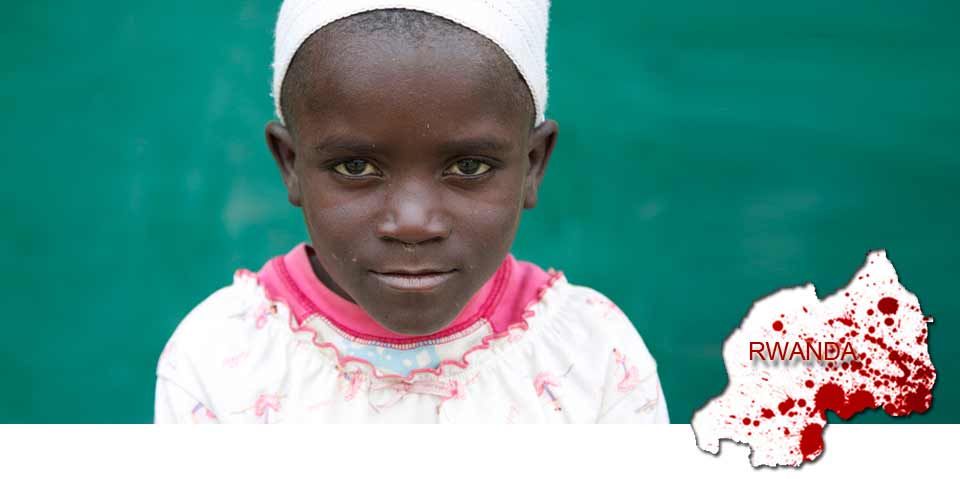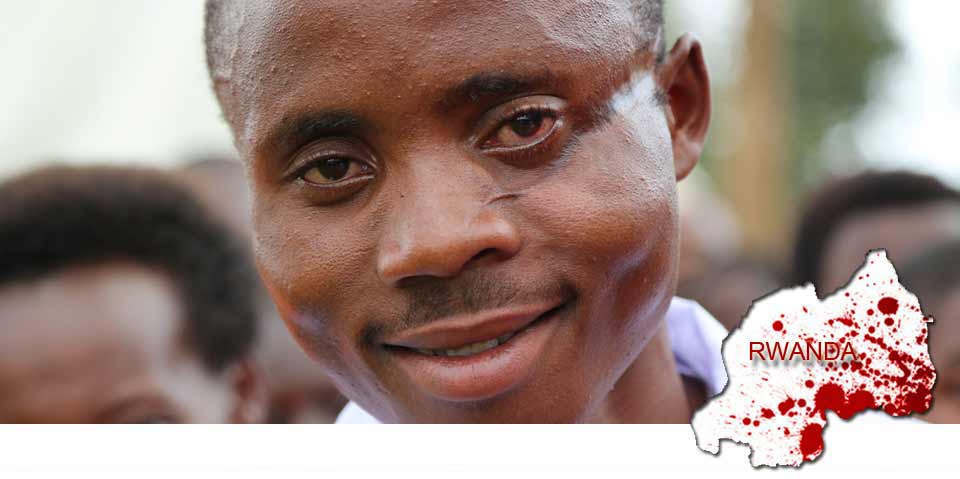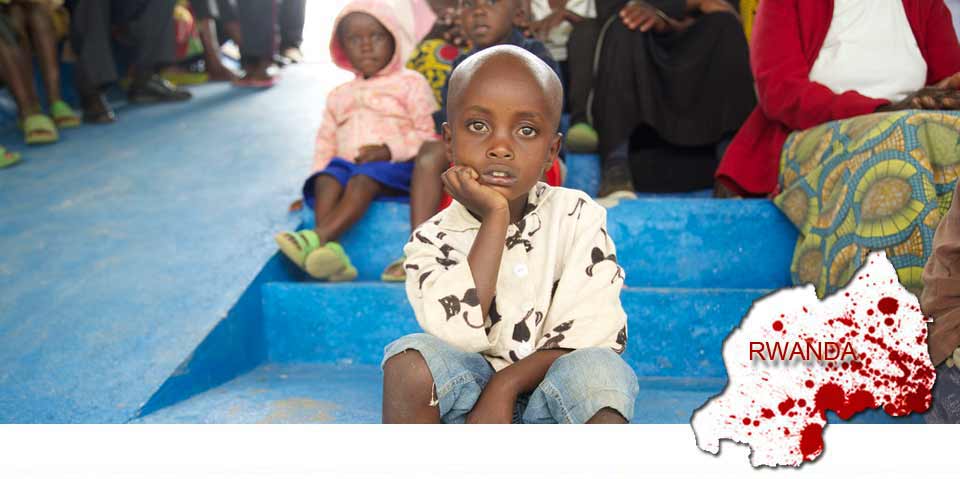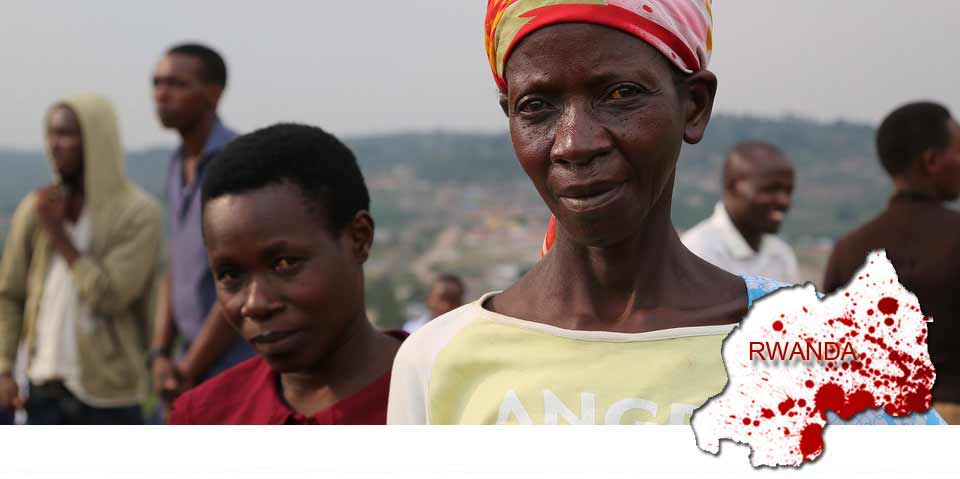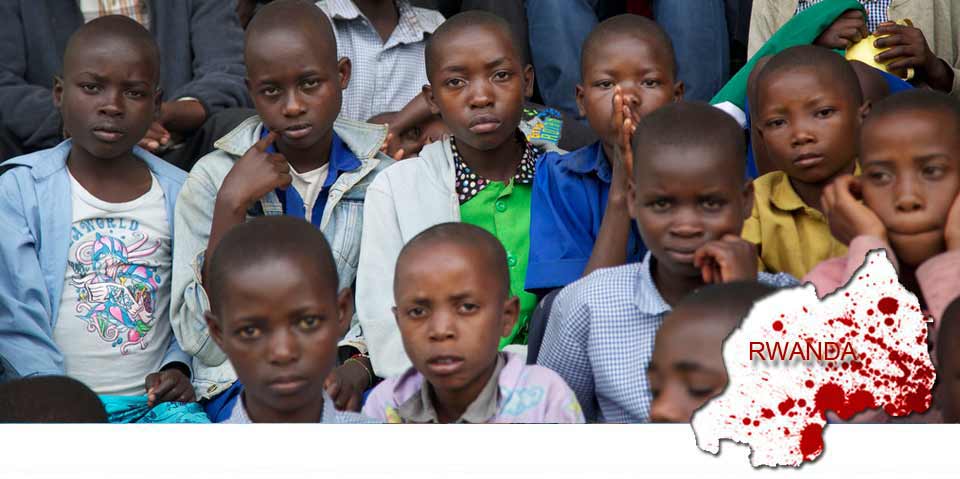"Memories of death do not just disappear. If it is not what one went through, it's about the loss of the loved ones. It is about dehumanisation, discrimination, torture and emptiness. Survivors remember times they hated who they were because their rights were denied, including their most precious right: Life. To survive genocide is to live with a perpetual wound, suffering and trauma."
The above are the words of Tom Ndahiro, who 20 years after still shivers at the memories of 1994, the year when the genocide happened, becoming a major turning point in Rwanda's history. The genocide, a hate crime of absurd proportions, was unprecedented in both the scale and the cruelty with which it was carried out: over one million people butchered in a space of only 100 days.
Hate Crimes, as old as Humanity itself
Hate crimes are criminal acts --such as vandalism, arson, assault, or murder-- committed against someone because of his or her race, religion, sexual orientation, ethnicity, disability, age, or gender. In a hate crime, the person is selected because of a characteristic that he or she cannot change.
The origin of hate crimes dates back to ancient civilizations. One of the earliest examples is from the Roman Empire, which was well known for persecuting various religious groups.
Some examples of hate crime have been so tremendous that they have affected the entire world. One of the most notable is the Nazi's persecution of the Jewish people, better known as the Holocaust. In more recent years, the act of genocide, or attempting to obliterate an entire ethnic, racial or religious group, has occurred in both Bosnia and Rwanda.
How does genocide happen?
Simply put, almost any human society can perpetrate "a genocide"—even those that value human life. But in order for the genocide to occur, perpetrators need to dehumanize and make excuses for why a single group of people might be worth of being exterminated. It may seem surprising that an otherwise seemingly healthy society might be able to foster hate on such a level that it would lead to murder. But time and time again these atrocities have occurred in our world.
Genocide does not occur in a vacuum, it requires a backdrop of growing hostility and heightened civil unrest. When specific archetypes and myths are used to fuel hatred, violence inevitably begins to occur. In short, there is a communication of hate that precedes instances of genocide. While you might ordinarily think of the 'communication' of hate in terms of speeches, texts, and video materials, communication runs deeper.
Says Ndahiro, "The propaganda of hate immunizes the killer of feeling guilty, both during and after the genocide. Once an ordinary citizen is persuaded by civil and religious authorities that a particular group is intrinsically malevolent and is the enemy, it becomes guilt-free to get involved in the mass murder. The feeling becomes that of self-defense (individual) and a patriotic responsibility."
Kennedy Ndahiro, Executive Editor of The New Times in Rwanda adds: "In the years leading up to the 1994 Genocide against the Tutsi, the government used all its propaganda machinery to spread bigotry and hatred of the Tutsi, who were called 'inyenzi' (cockroach). The term became ingrained in the public sphere as hate radio RTLM and outspoken politicians claiming to defend Hutu power referred to human beings as cockroaches."
Back in 1959 Joseph Gitera, a Hutu politician, declared the first ten Hutu Commandments, a Decalogue of hate apparently inspired in Hitler's Mein Kempf. Gitera compared the cohabitation between Hutus and Tutsis to "an incurable wound, a leech in the body and a stomach cancer or pneumonia."
In 1993, a "Hutu Power" ideology re-emerged. Its ideologues prepared the general Hutu population for a revolution. What they galvanized was that Tutsis were an alien race and not Rwandans. They wanted power in the hands of the Hutu, not as a "majority" ethnic group, but because the Hutus were the nation. The 8th commandment was decisive: "Hutus must stop having pity for Tutsis".
In the years before the genocide, dehumanizing stereotypes against the Tutsi multiplied to include "cockroaches", the "filthy" etc. In 1995, a Rwandan Catholic Bishop, Focus Nikwigize, said Tutsis were "evil by nature".
And, in the end, from politician to the ordinary farmer, Hutus united to get rid of the 'cockroaches,' working together to exterminate their Tutsi friends, neighbors, co-workers and family members. 800.000 Tutsis were killed in the lapse of 100 days. Every second in the hundred days saw the death of at least one Tutsi, thanks to active participation of several ordinary people and indifference or general apathy from a huge section of the population.
Impact of bias crimes
Victims of hate crimes often feel degraded, frightened, vulnerable and suspicious. This may be one of the most traumatic experiences of their lives. Community members who share with victims the characteristics that made them targets of hate (race, religion, ethnic/national origin, gender, or disability) may also feel vulnerable, fearful, and powerless. In this emotional atmosphere, a swift and strong law enforcement response can help stabilize and calm the community, while aiding the victim's recovery.
As for the slaughter of 800,000 Tutsis and moderate Hutus in Rwanda in 1994, scholars and survivors say the process of healing is not easy.
Donald Miller, who directs the Center for Religion and Civic Culture at the University of Southern California, has collected stories of those orphaned and widowed by the Rwanda massacre. He notes several themes emerge from the interviews, most recently in Rwanda. "One thing is that forgiveness is extremely difficult. And in our experience of doing 100 interviews, that is the exceptional case. In fact, what we found is that some individuals are so traumatized that they may say that they have forgiven the perpetrators of this genocide, but they say so almost with a spirit of resignation in their voice, as if, 'we have no other choice,'" said Miller.
The future ahead
When asked about the possibility of a fall back into the patterns that led to the genocide, Tom Ndahiro explains "Genocide is a crime committed by government. There is no possibility to see another genocide when we have a government that is inclusive of all the Rwandans. The "never again" resolve will cease to be mere rhetoric when the international community, in general, understands that genocide prevention starts with monitoring hate speech targeting specific groups of people. Early warning signs of genocide are words and not bullets or machetes. Failure to acknowledge that fact has led to abysmal failure of many international organizations. Tackling head-on the genocide denial and the underlying hate ideology, is the beginning and continuation of fighting the most heinous crime. G-E-N-O-C-I-D-E.
I believe that people who cherish extermination ideologies, must not be allowed to govern. What happened before and during the Third Reich, and in Rwanda from 1959 to 1994, should stand as lessons to warn everybody. It is not the responsibility of Rwandans alone, but of Humanity."

Genocides in the 20th Century
Modern technology, including the use of mass media to motivate the killers, made the 20th century a century of genocides, from Armenia and the Nazi Holocaust to Rwanda –said Donald Miller from Center for Religion and Civic Culture at the University of Southern California. The mass killings in Cambodia, Darfur and Southern Sudan have added other atrocities to the tragic list.

By Claudia Schalkx in cooperation with Tom Ndahiro
Tom Ndahiro is a genocide survivor and scholar, journalist , human rights activist and blogger. He has published several articles nationally and internationally and is also the author of the book "The Friends of Evil" which is available through his two blogs friendsofevil.wordpress.com, and umuvugizi.wordpress.com
Claudia is a multilingual consultant fluent in Spanish, English, Italian, and Dutch with over 25 years international experience in communications, public relations & marketing. She was born in Venezuela from Dutch parents, has lived and worked in Venezuela, Colombia, Curacao, St. Maarten, USA, Italy and The Netherlands where she resides. She is Colors Chief Editor. Her duties include content selection, revision & editing, finding and attracting collaborators, and identifying new business opportunities for Liberty Publications. More info
Sources: Tom Ndahiro, Friends of Evil, kwibuka.rw umuvugizi.wordpress.com, friendsofevil.wordpress.com, historyplace.co, history.com, genocidewatch.org
Pictures with permission of kwibuka / all rights reserved / Filmagen


